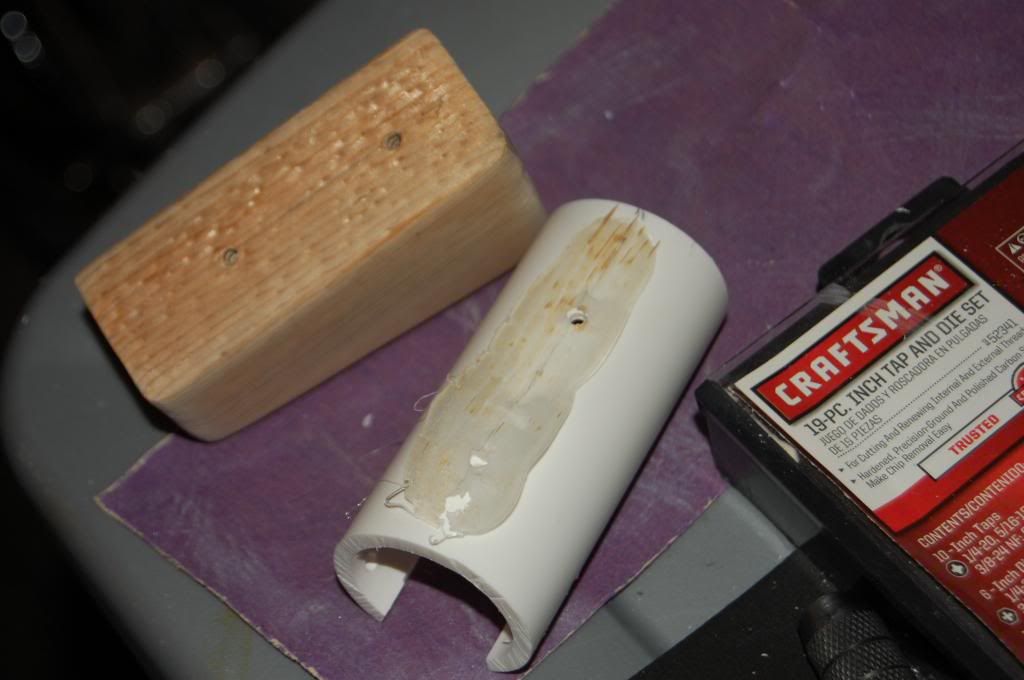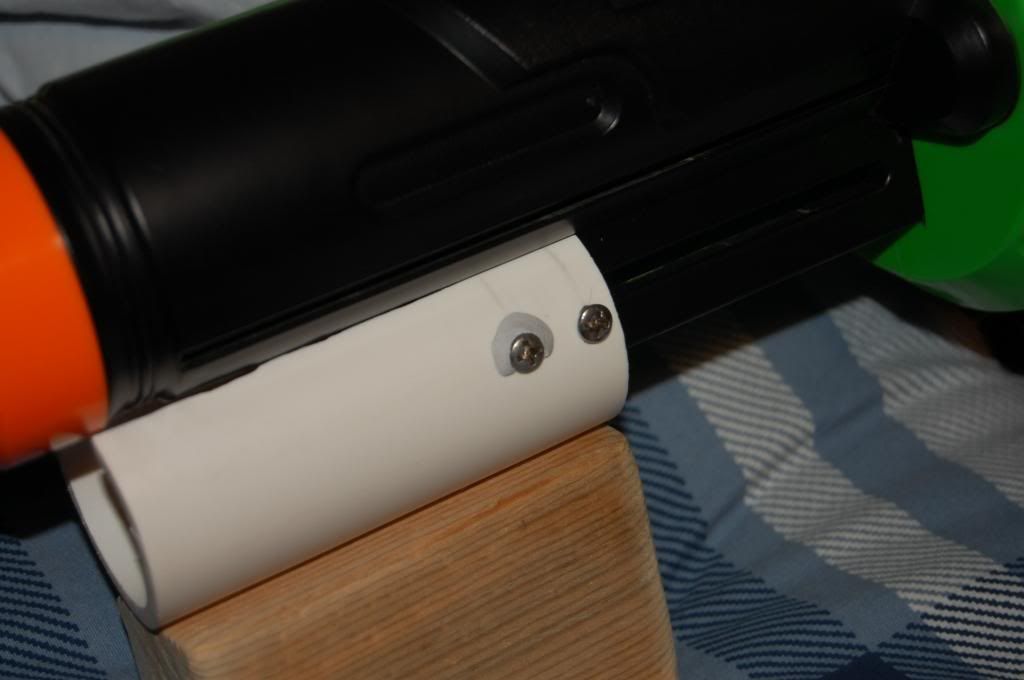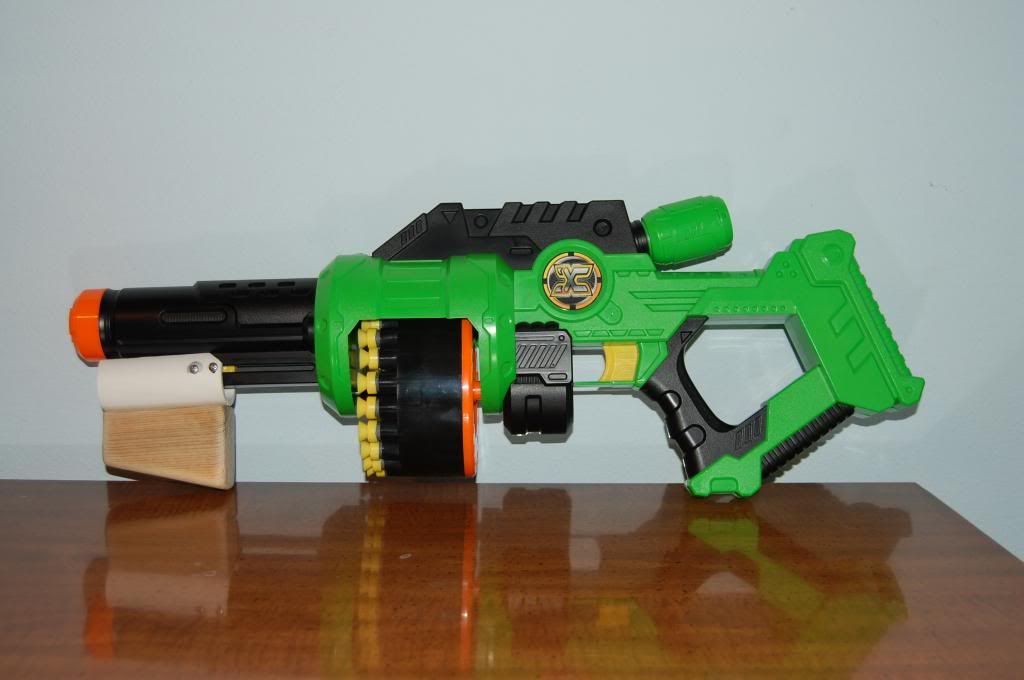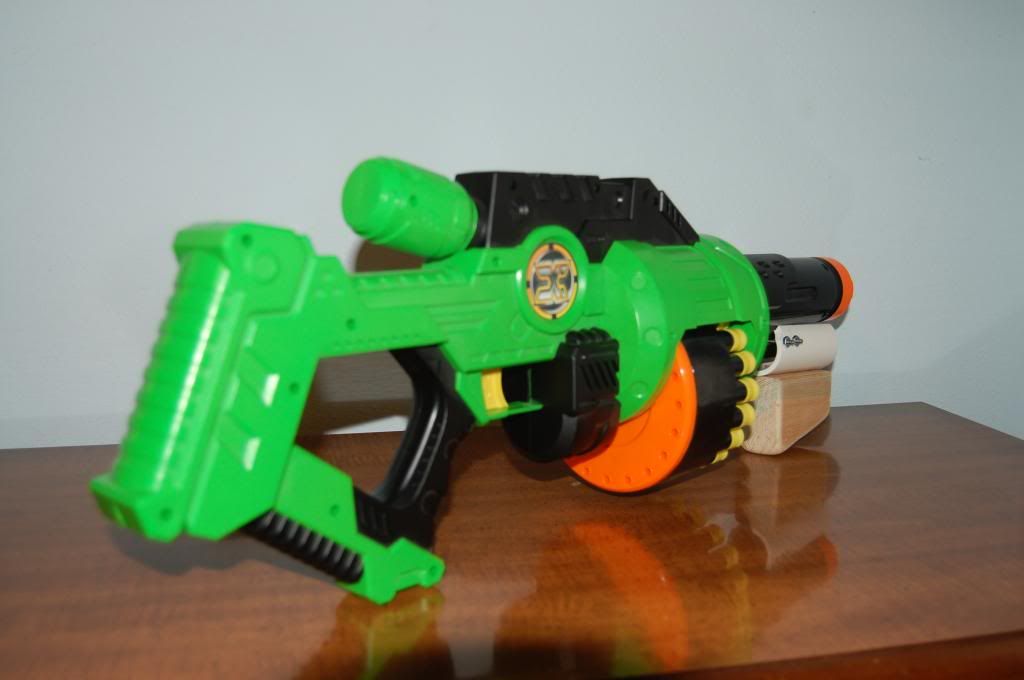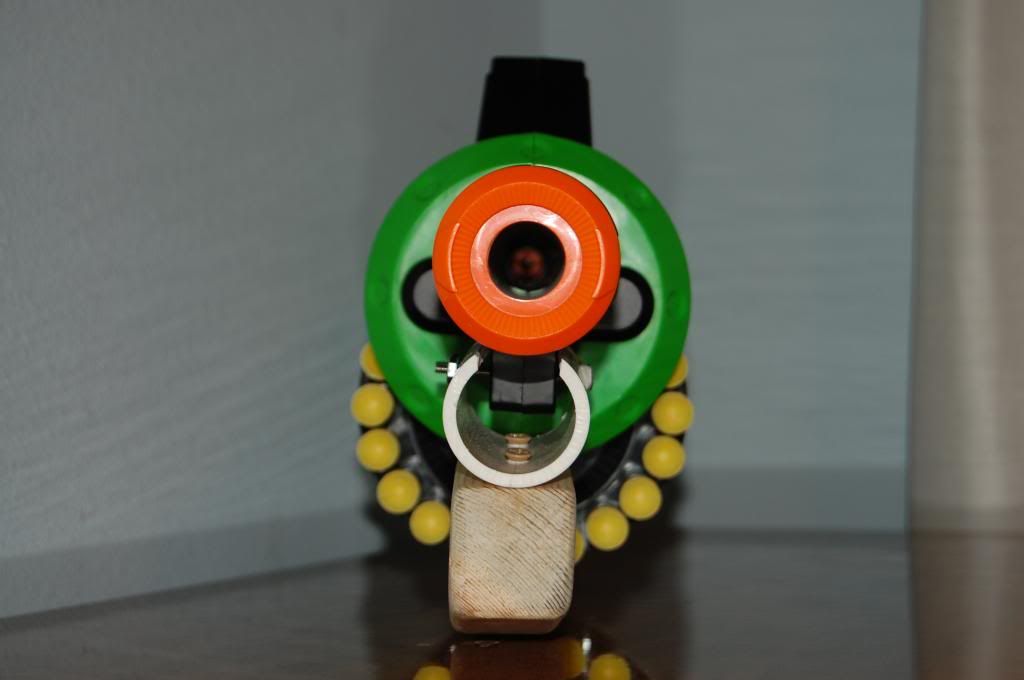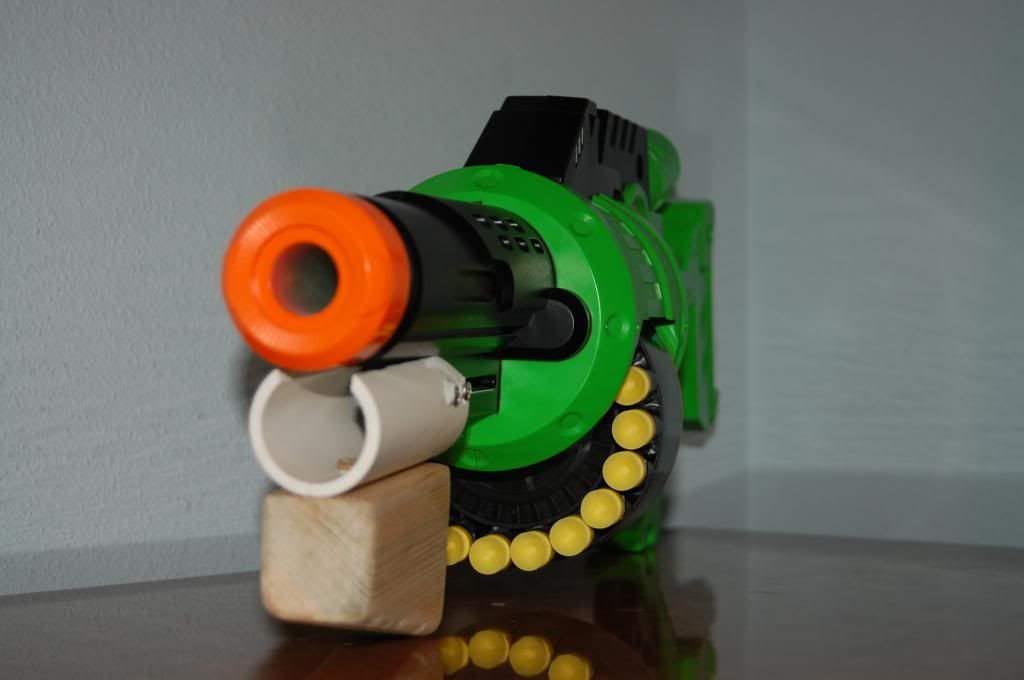Here is what the Turbo Fire looks like stock.

Open it and gain an understanding of how the internals work. Understanding is the key to innovation.

I added an Ace #48 spring to the stock spring.

I reinforced with epoxy the extremely flimsy connection that primes the blaster.
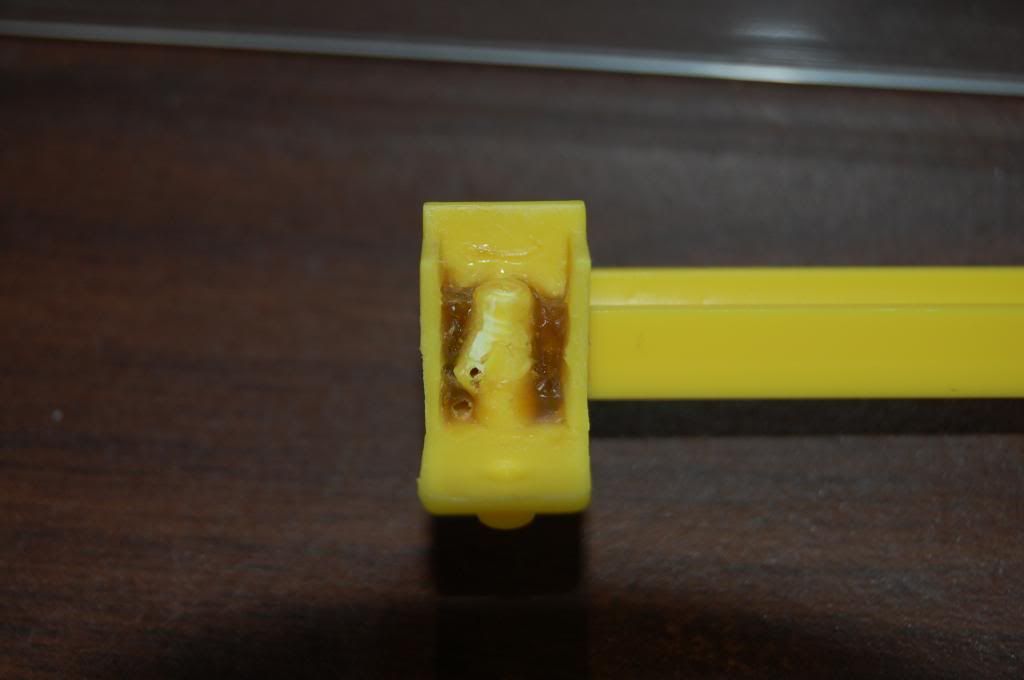
I removed these orange pieces to expose more of the turret, which enables faster reloading. It may also enable you to use longer darts.
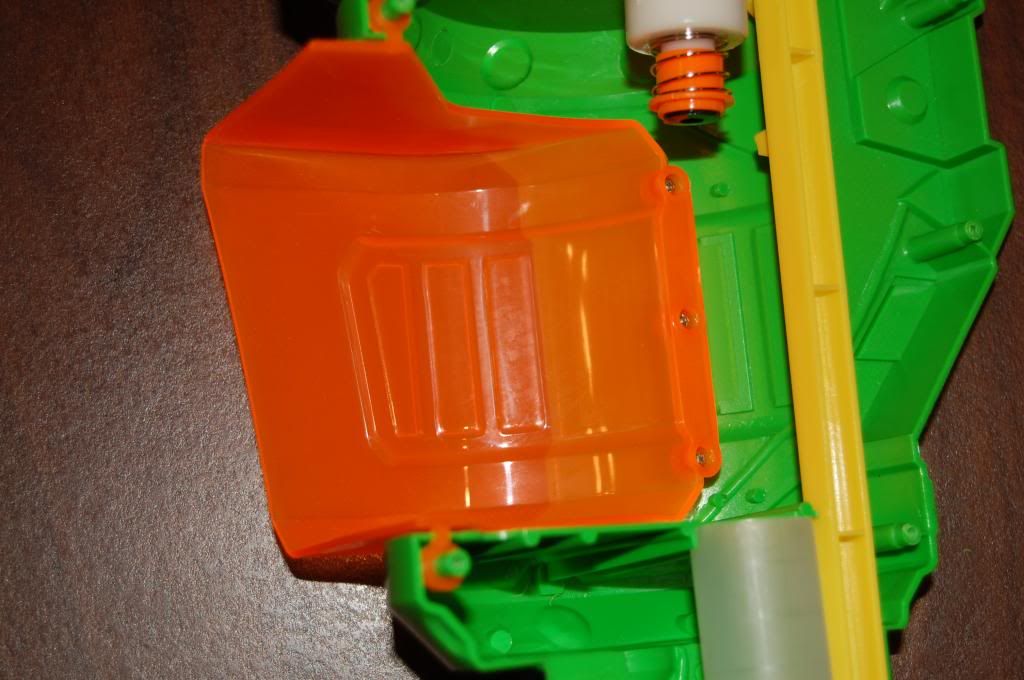
Then I drilled out all of the dart pegs from the rear of the turret.
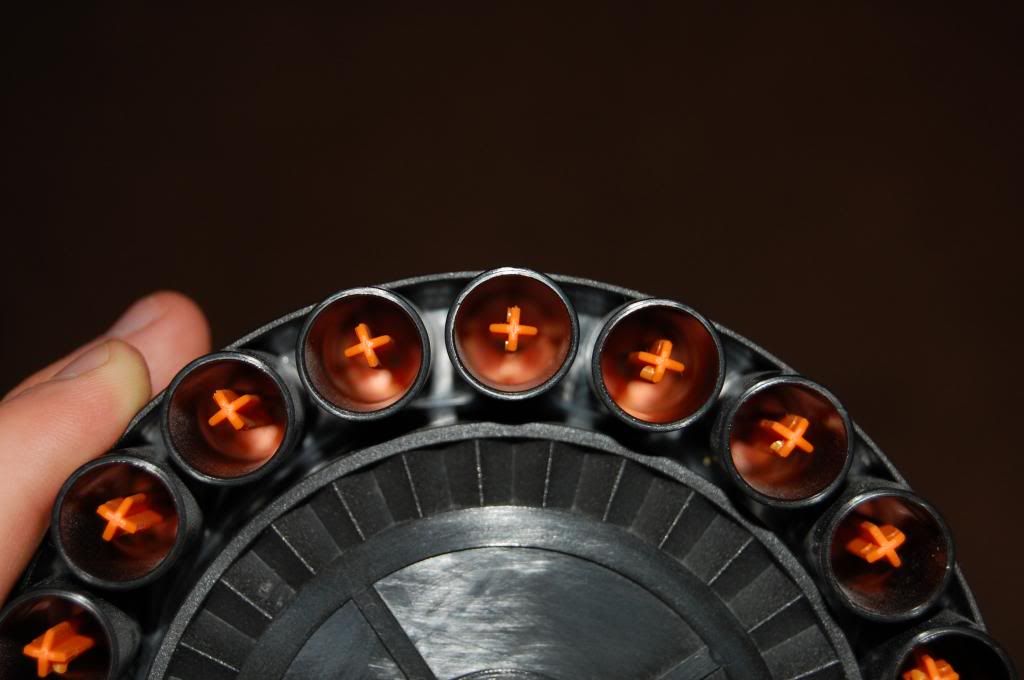
Using a drill, I widened the turret holes to provide better airflow. I also lubricated the plunger-to-turret seal.
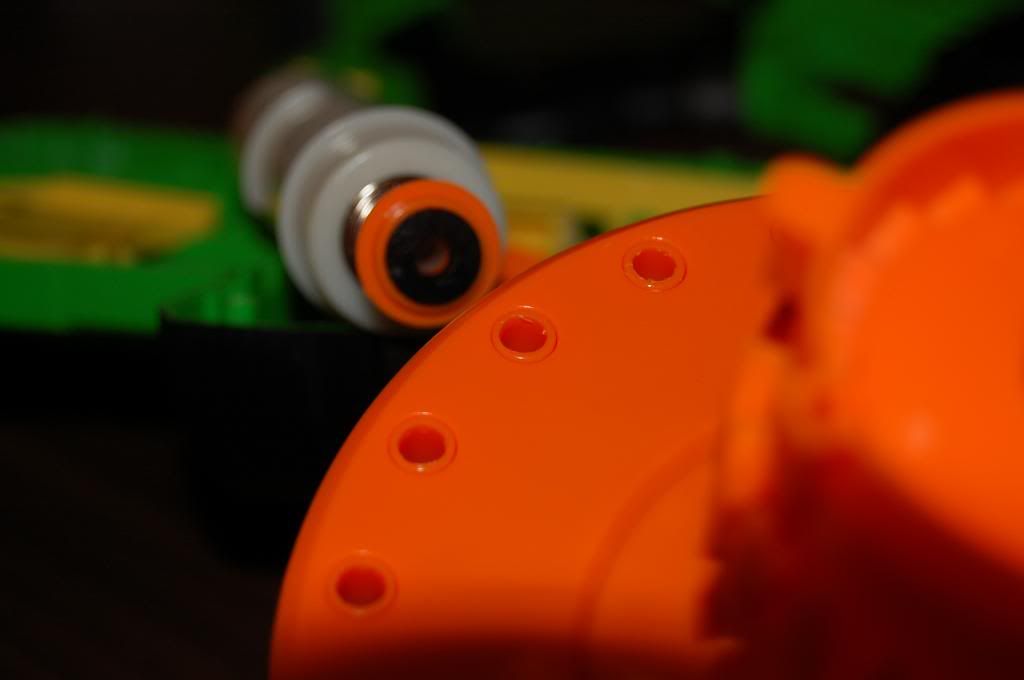
When reassembling your blaster, make sure that this projection on the turret

goes into this piece on the shell. If it is not matched up, your turret will not rotate.
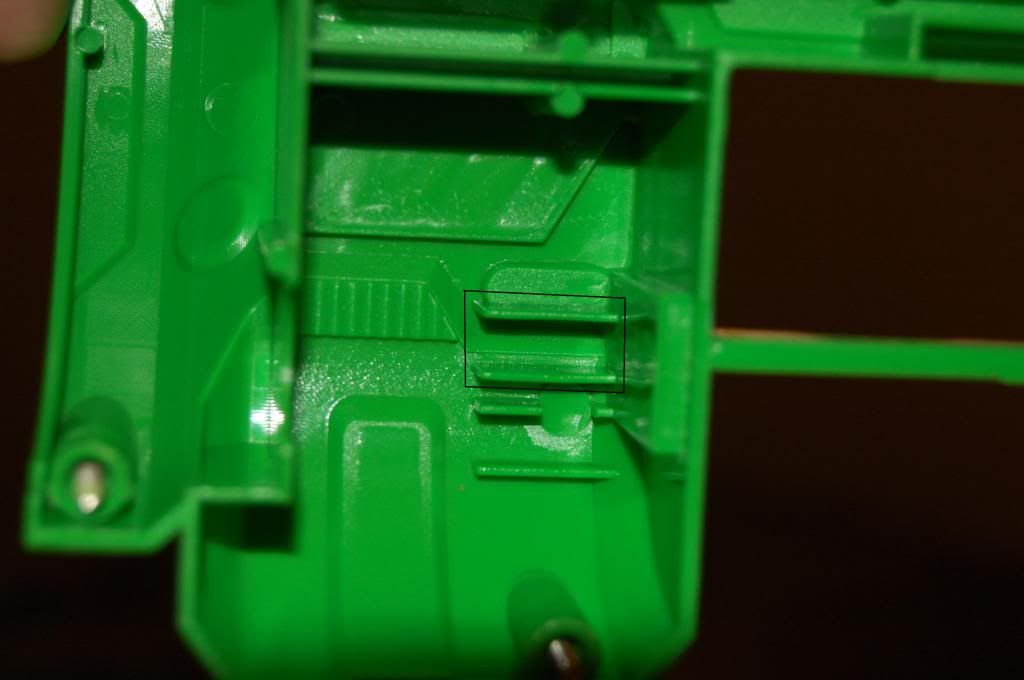
I noticed that the stock foregrip is about to break,
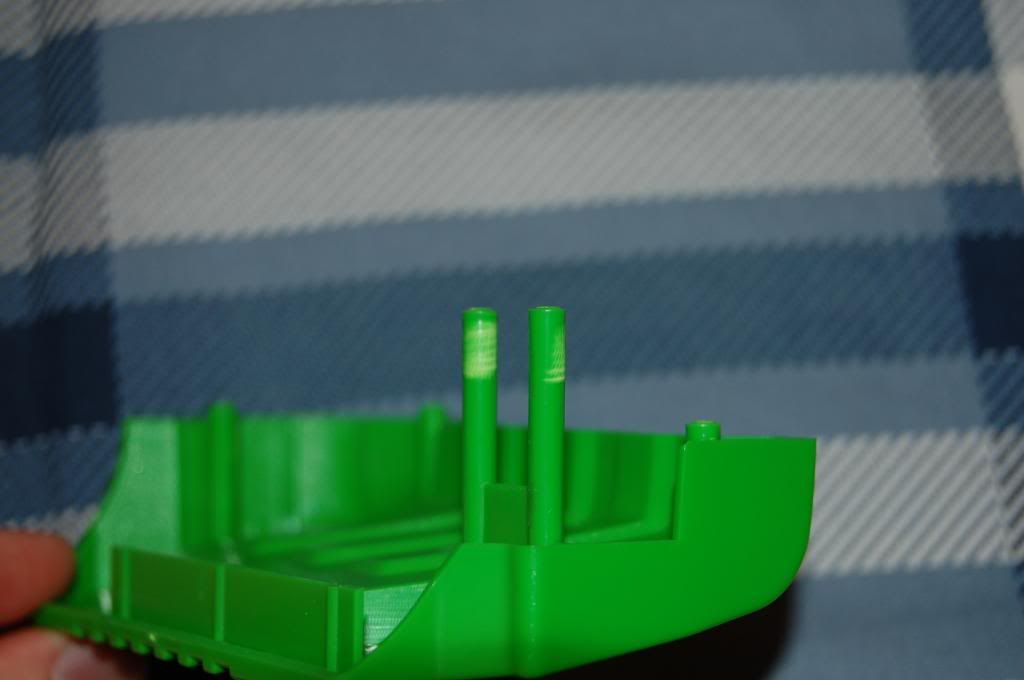
so I decided to make my own. Here is how I did mine.
Start with a length of 1.25" Sch. 40 PVC that is 3.25".
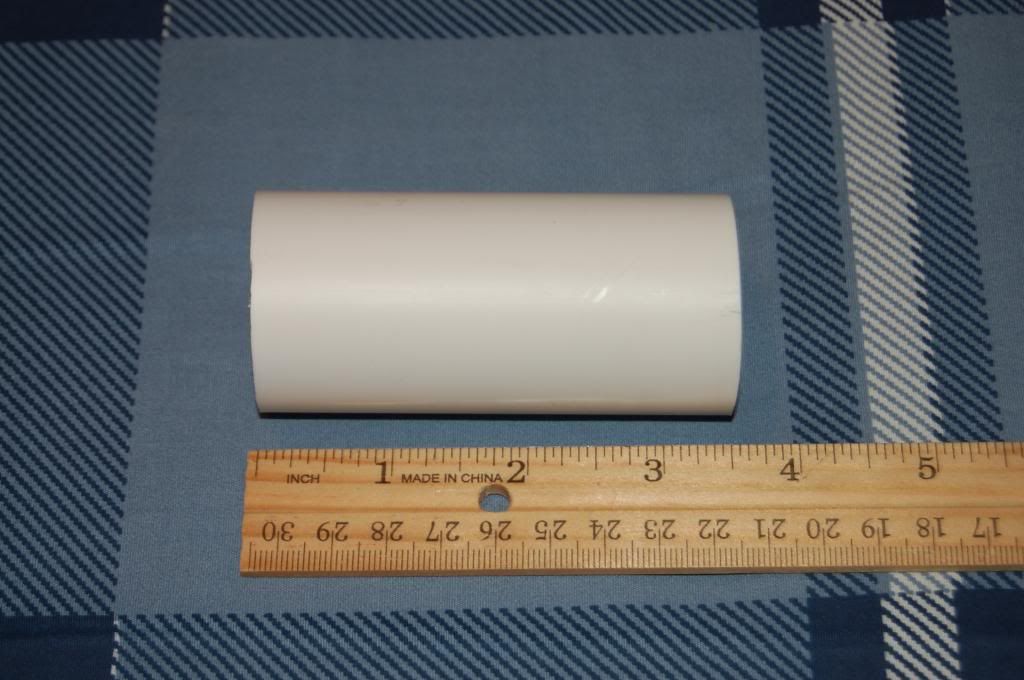
Measure the width of the channel that your pump grip runs over.

Mark that width onto your PVC pump grip.
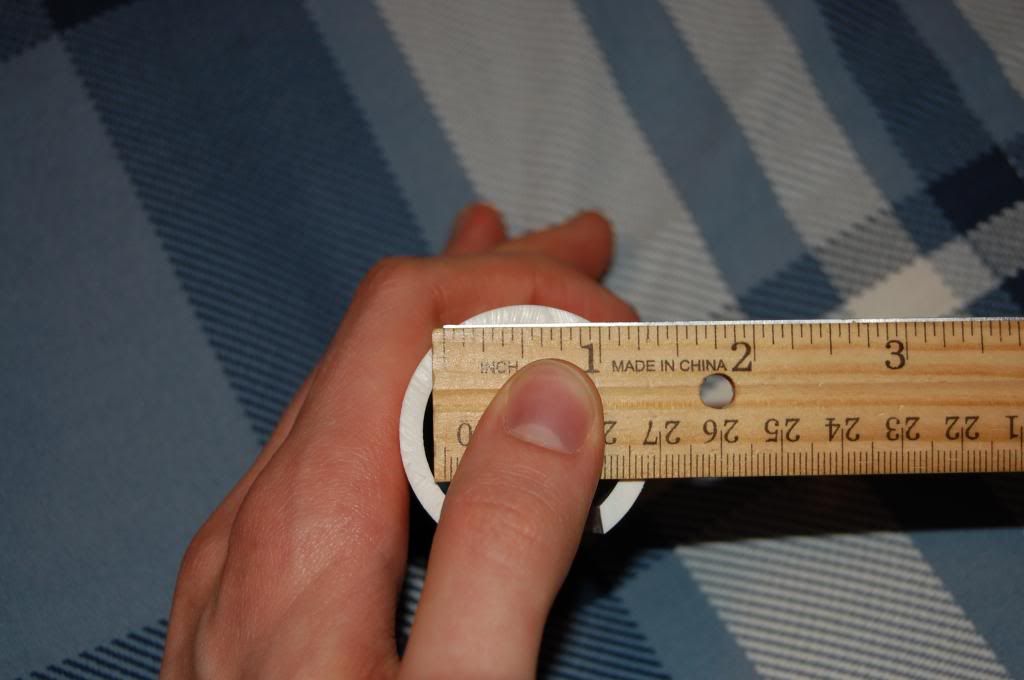
Mark those lines along your PVC pump grip by using a 3D/architectural/engineering ruler.
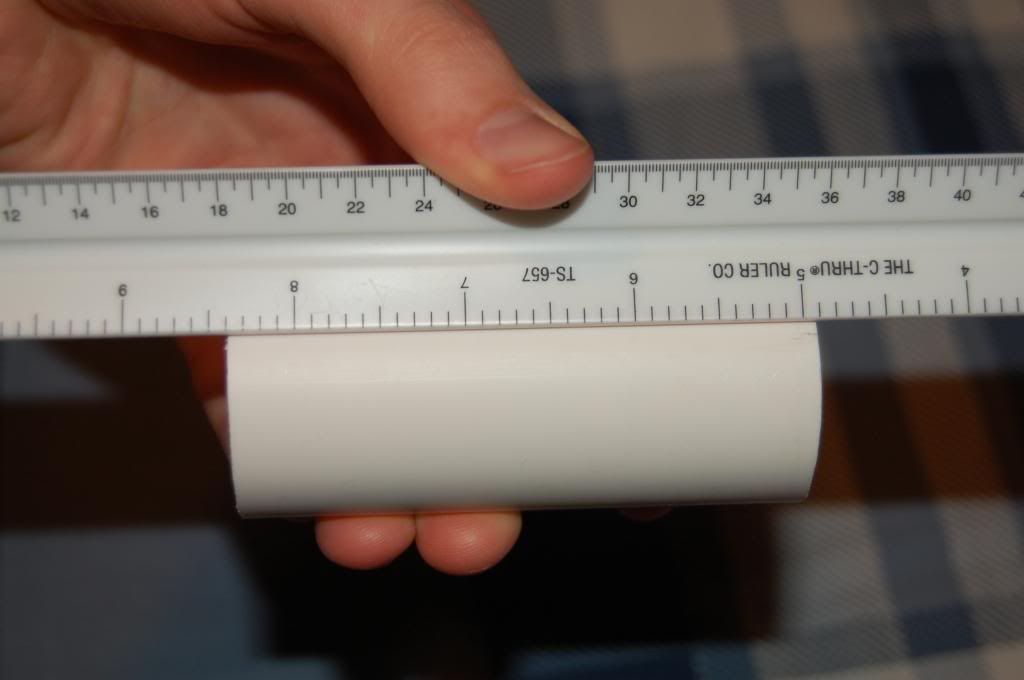
Cut them out. I used a hacksaw.
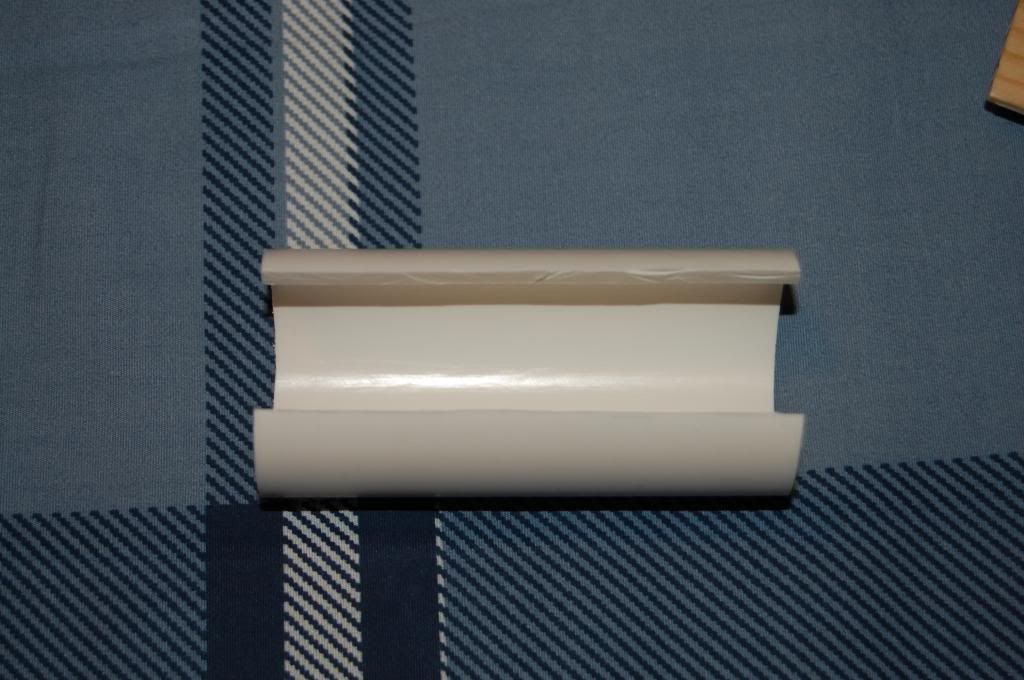
Mark where the pump grip holes will be drilled. Make sure that they are correct horizontally as well as vertically.
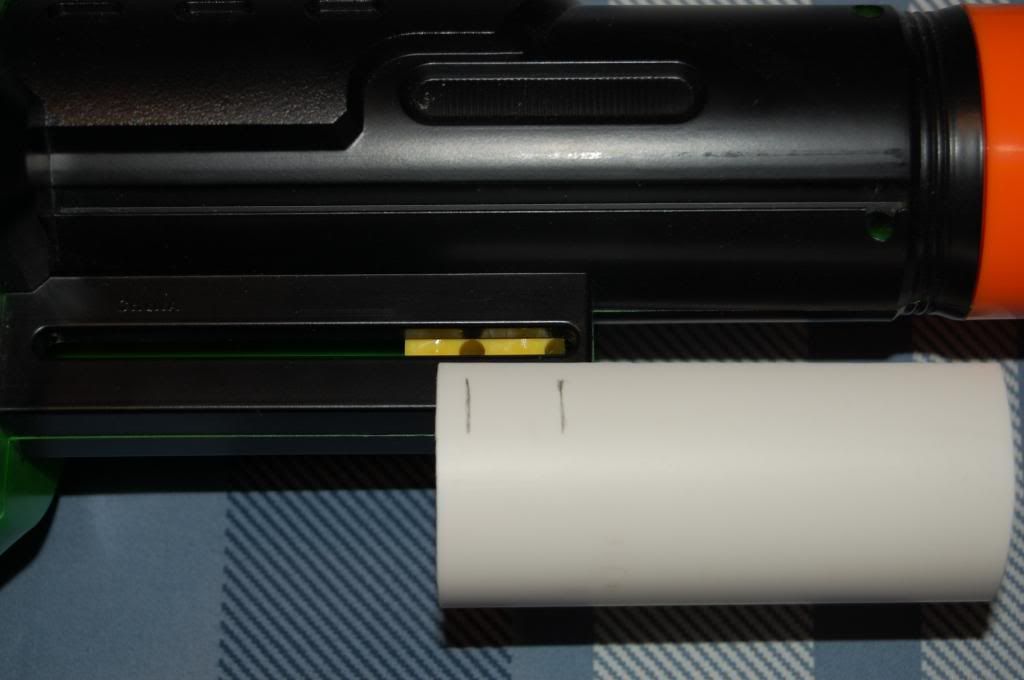
Drill your holes.
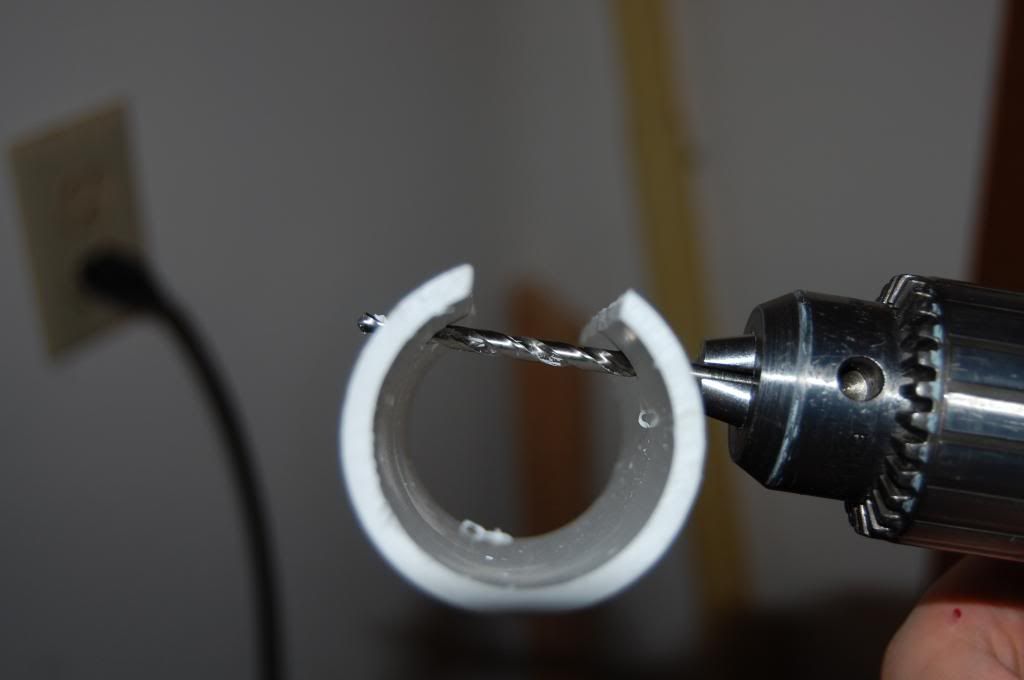
Connect the pump grip with screws and nuts.
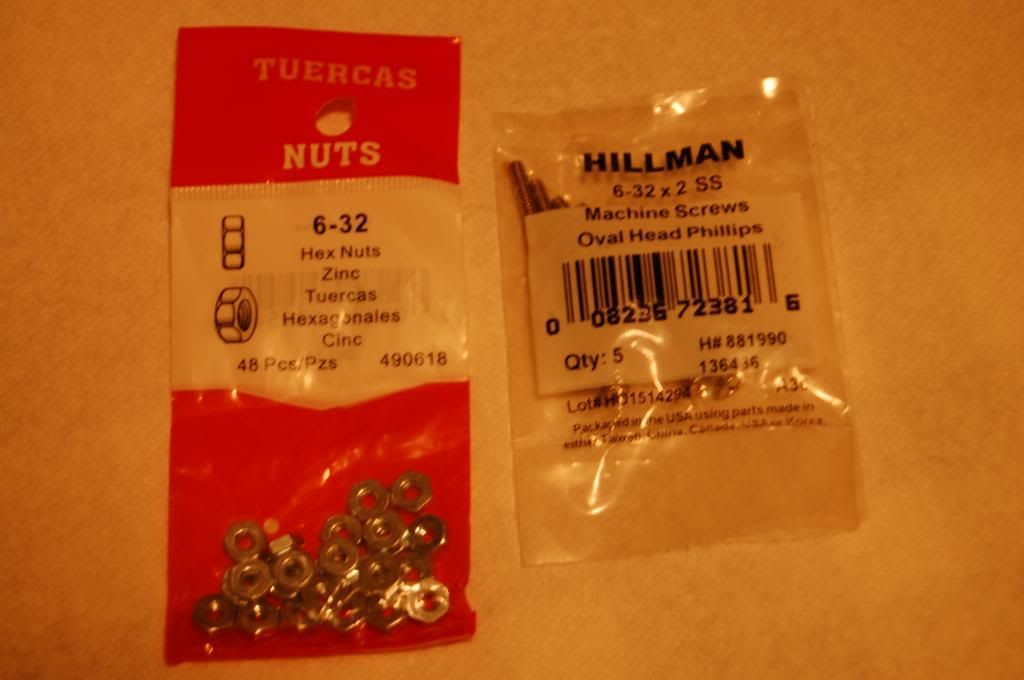
Now for the wooden part. I used a scrap from, I believe, a pine 2x4. You don't need anything too beefy. Comfort on your hands is the main priority.
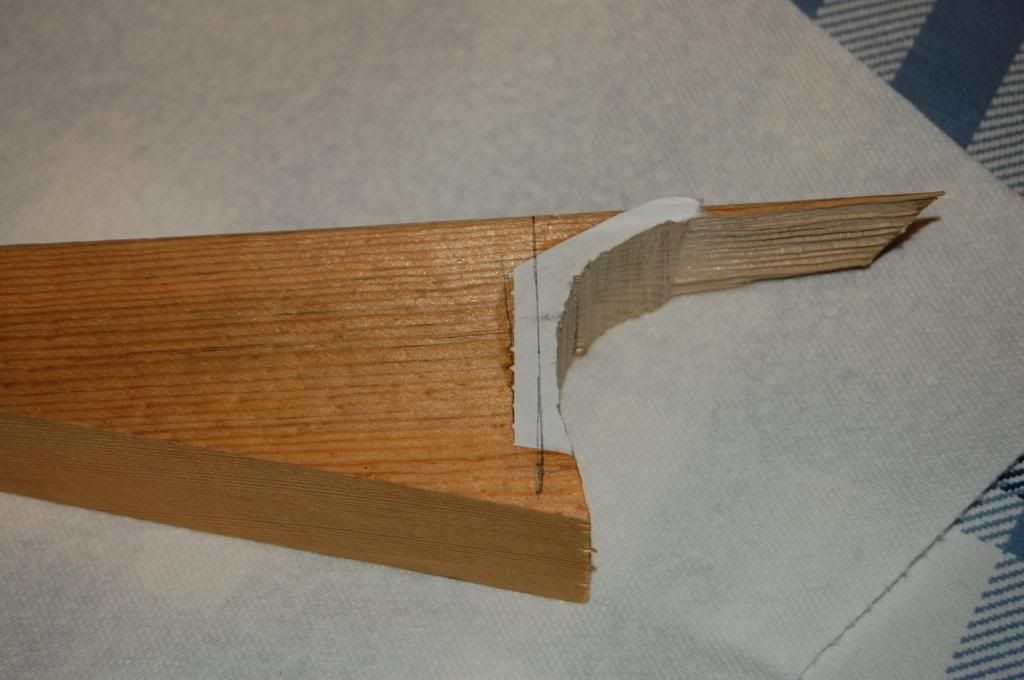
Cut out your grip.
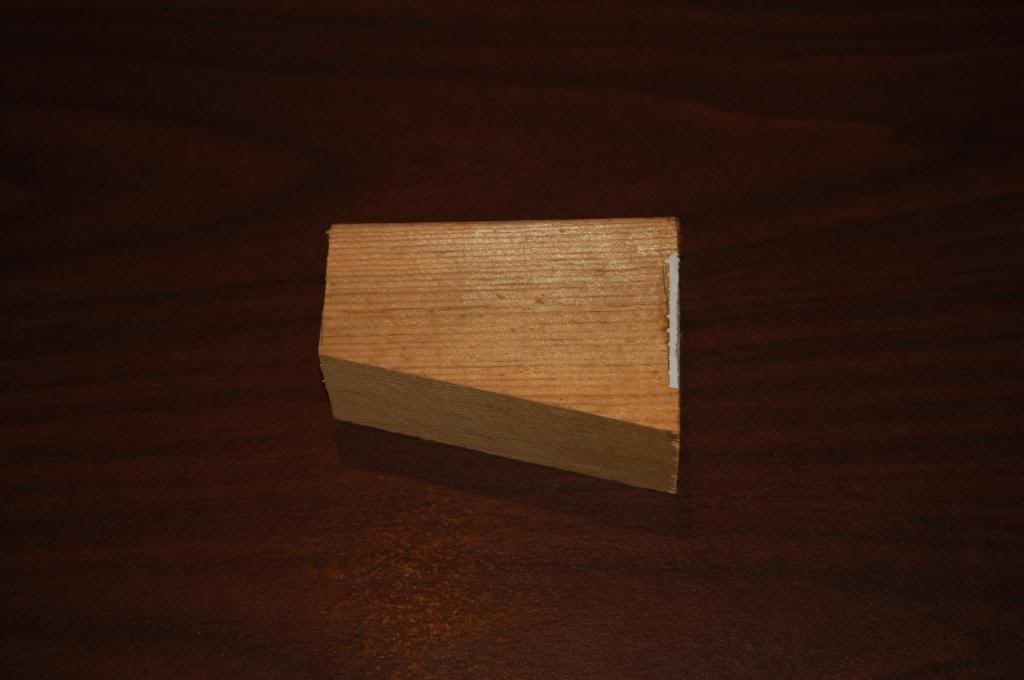
Smooth the edges. I used a dremel sanding drum and sandpaper at the end for smoothness.
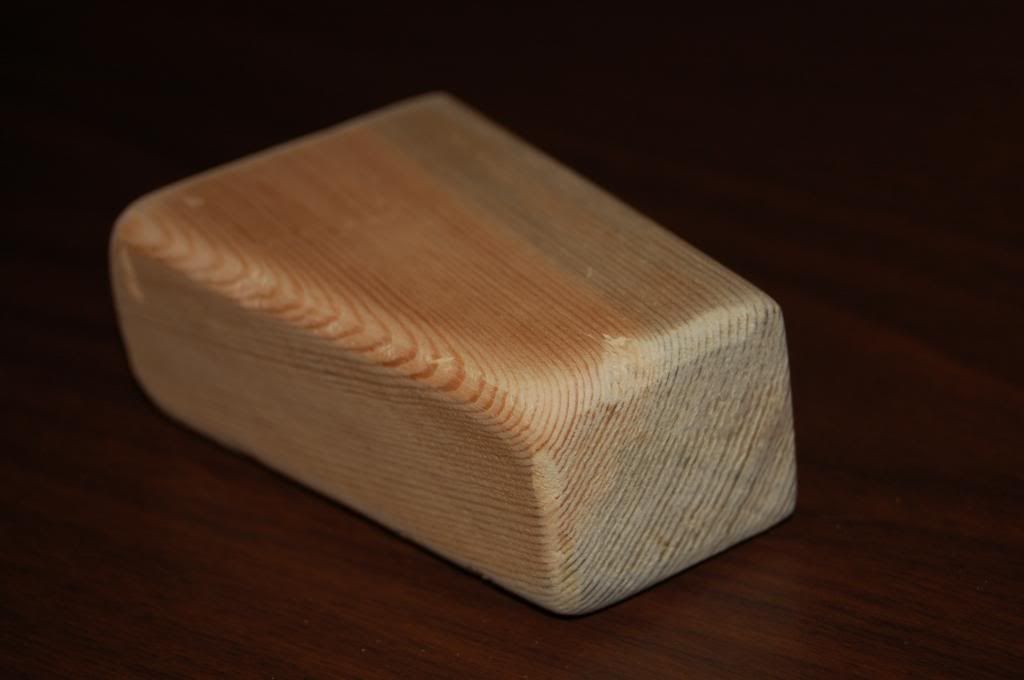
Mark the center of the bottom of your PVC pump grip. Using my eye was sufficient.
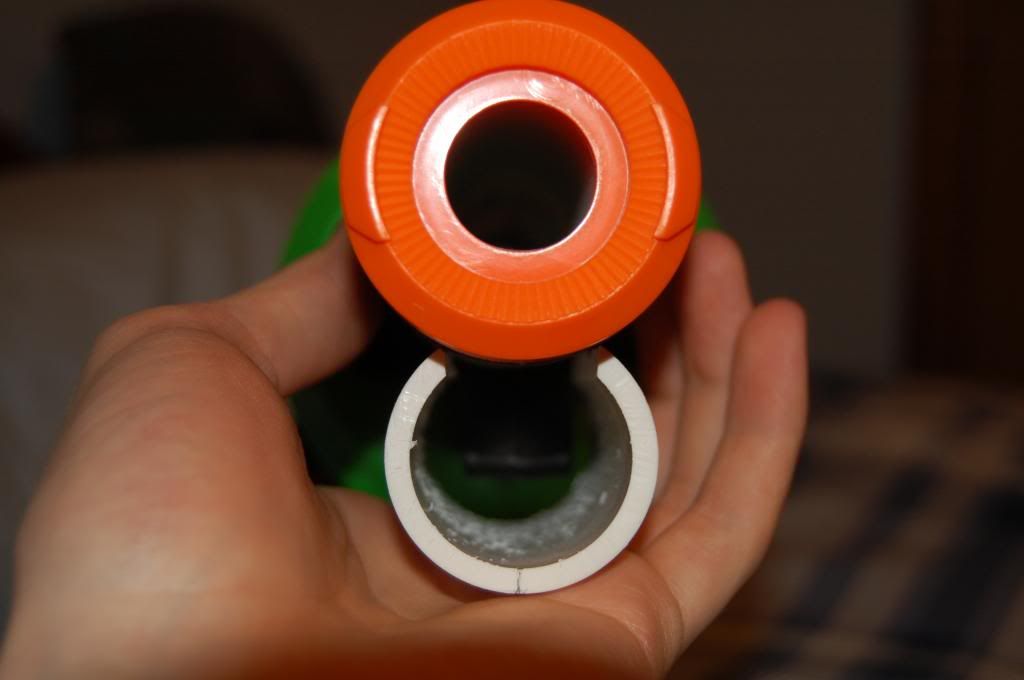
Connect it on the bottom using a 3D ruler.
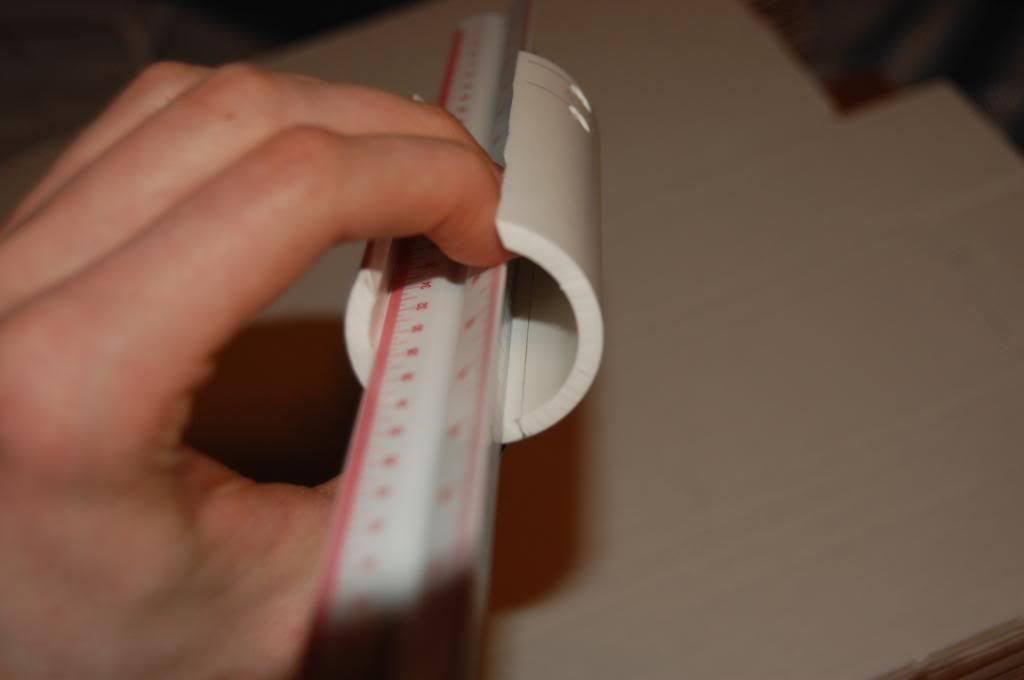
Using a ruler, mark the center of your wooden pump grip at various points along your wood.

Connect the dots with a ruler, thus marking the center line.
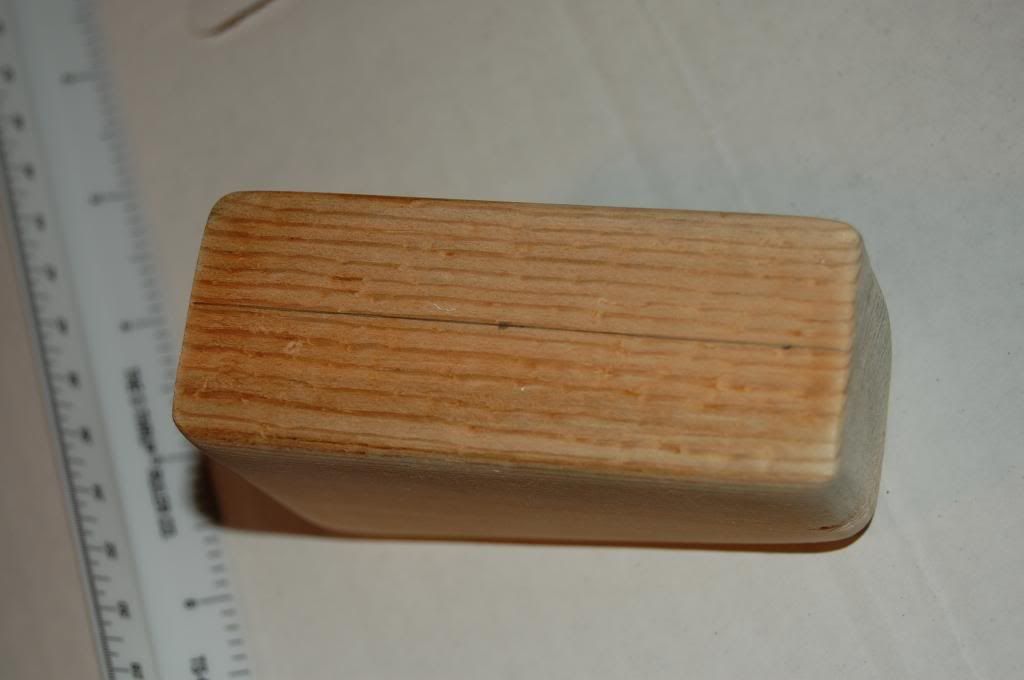
Line the two lines up and hot glue the PVC to the pump grip. The hot glue is merely to hold the PVC onto the wood while drilling.

Now drill two holes through the PVC and into the wood. The way that you can tell what drill bit to use is to put a drill bit behind your screw and if the drill bit is the same size as the center shaft of the screw, it is the correct size. A drill bit that is a little bit smaller is also fine. You just don't want to have a drill bit that is too large, because then your screw will not bite into the wood.
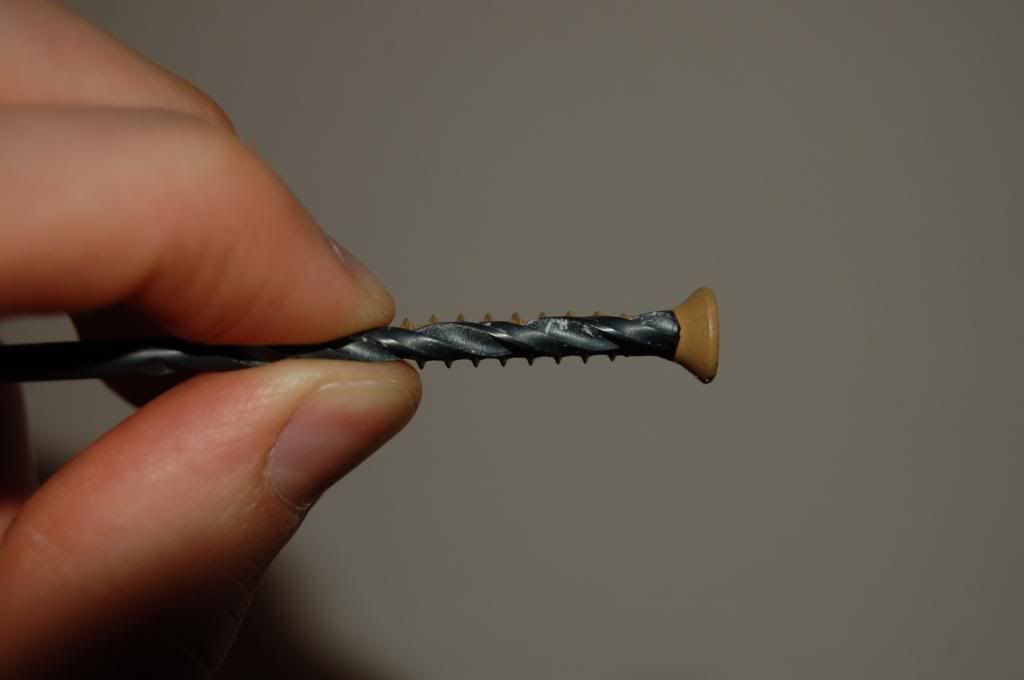
Screw your two screws in.
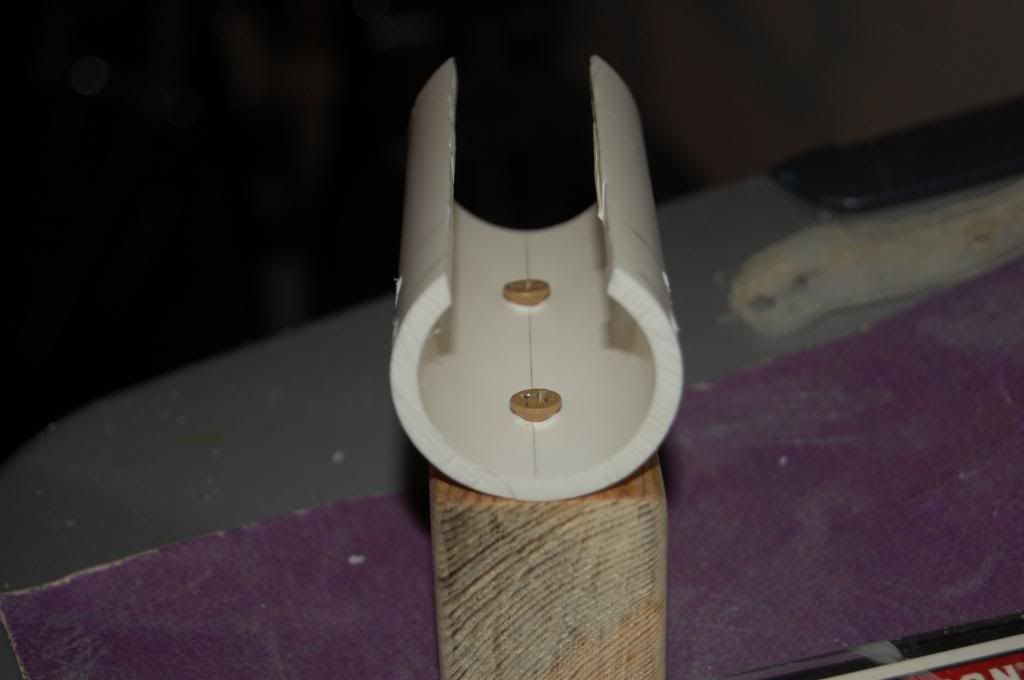
Edited by DartSlinger, 28 April 2013 - 06:28 PM.









